Errors are cumulative. Because errors stack onto each other, we always start with the equipment baseline when considering a shooter’s goal and how to help them reach those goals. I don’t like the idea of simply telling people to get better equipment because, often, the gear they have can be used for most of their goals; sometimes, this isn’t the case, though, and we will discuss this in a later article, equipment does matter.
Nevertheless, a human must use equipment, and people add errors to any system, no matter how good they are. Talking about what great equipment you have is fun and feels good, but it doesn’t tell us whether that equipment will be able to accomplish the goals someone has until the error factor of the shooter is established.
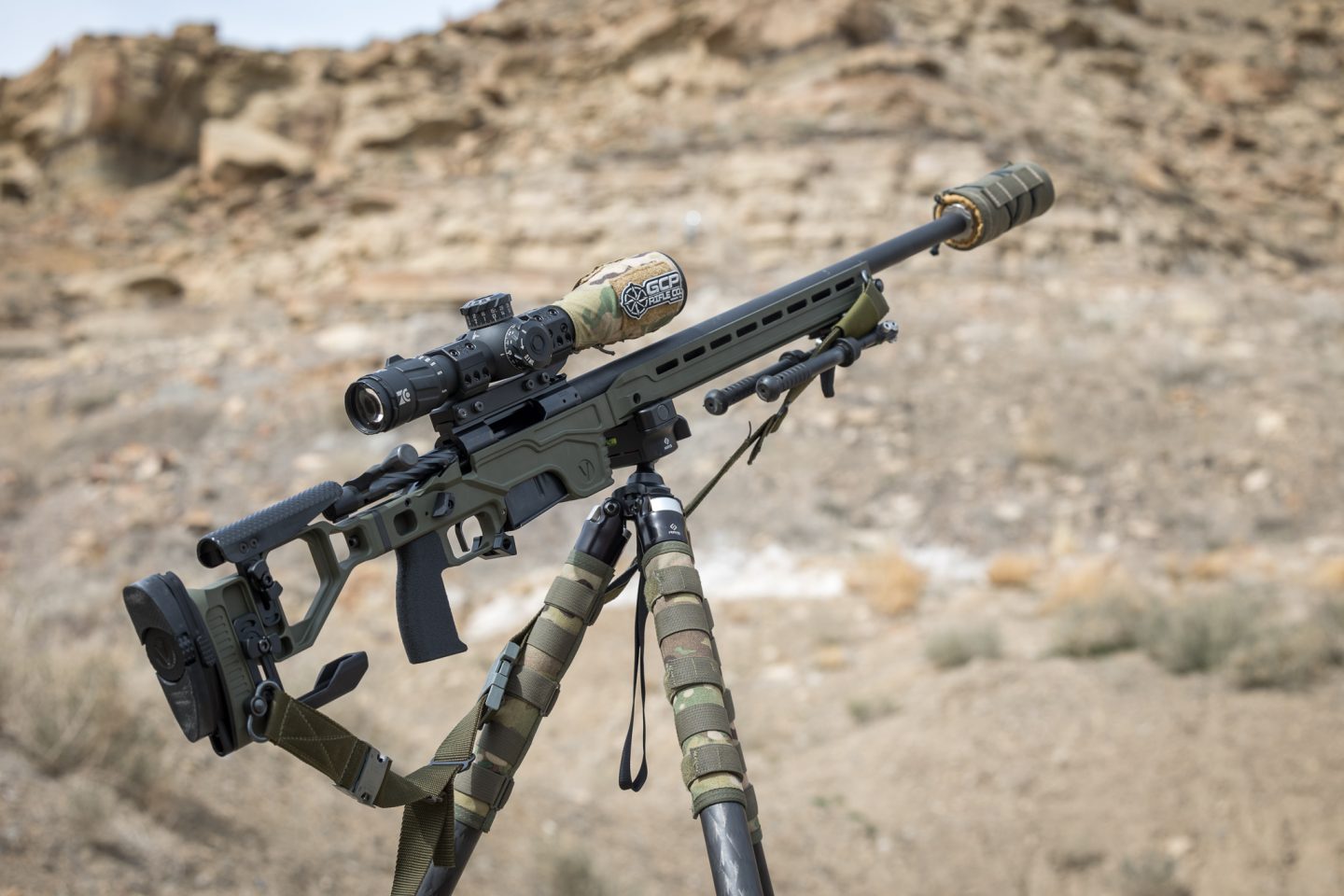
Riflekraft USA
The RifleKraft drill is a simple and effective way to start addressing the overall error a shooter adds to a rifle system. After looking at tens of thousands of targets, it’s clear that individuals add a lot of errors, and many times they don’t know why. Many shooters tell me about their one-hole rifle and then produce a 4” kraft drill or larger. From looking at targets over the years, on average, the shooter is going to be the most significant factor of error over any modern equipment that you can buy 99% of the time.
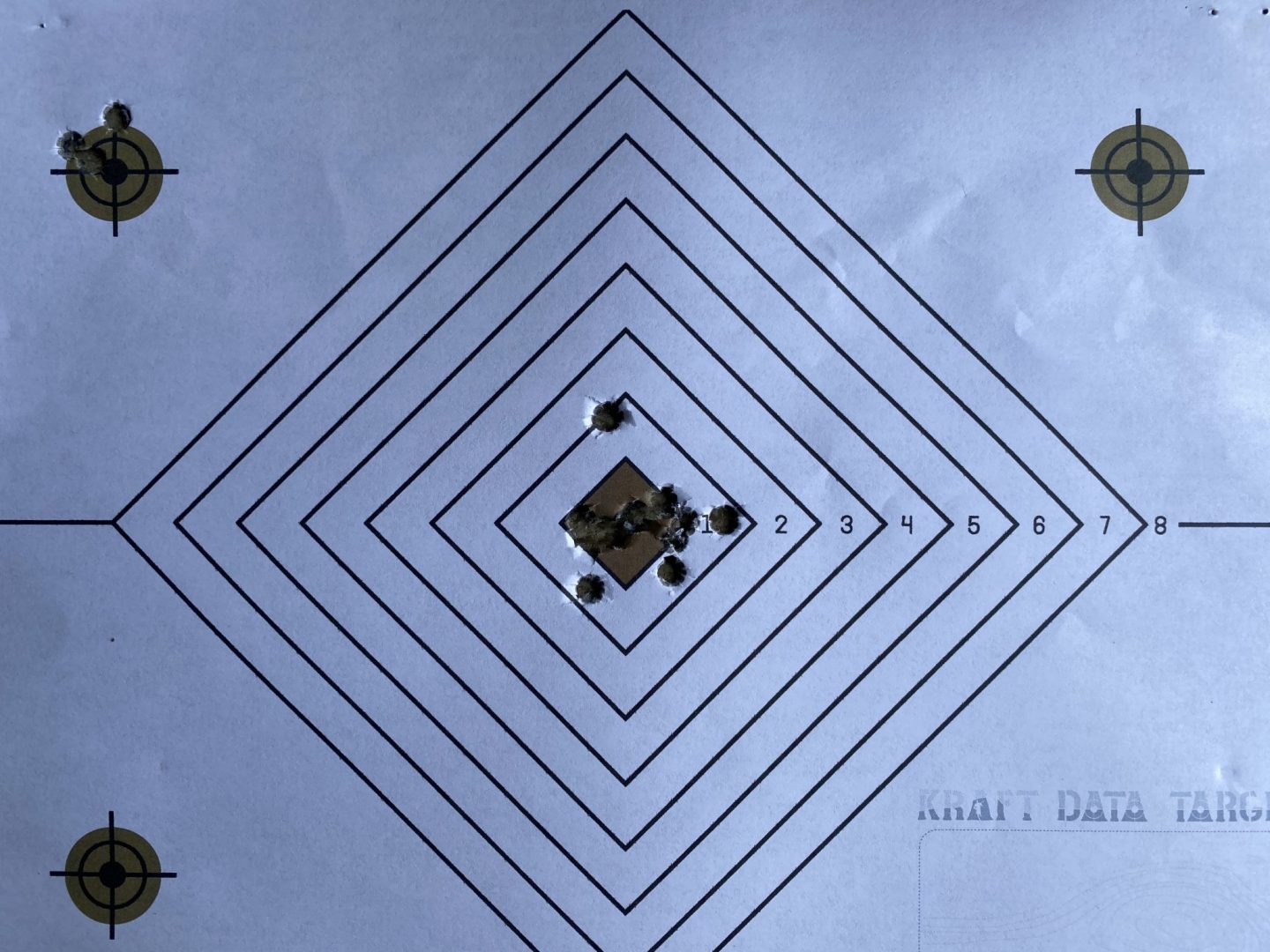
You are probably thinking at this point, “so, where is the error coming from”?
That question is my obsession. The entire curriculum and field of study at RifleKraft are dedicated to understanding these errors and helping shooters learn to reduce them.
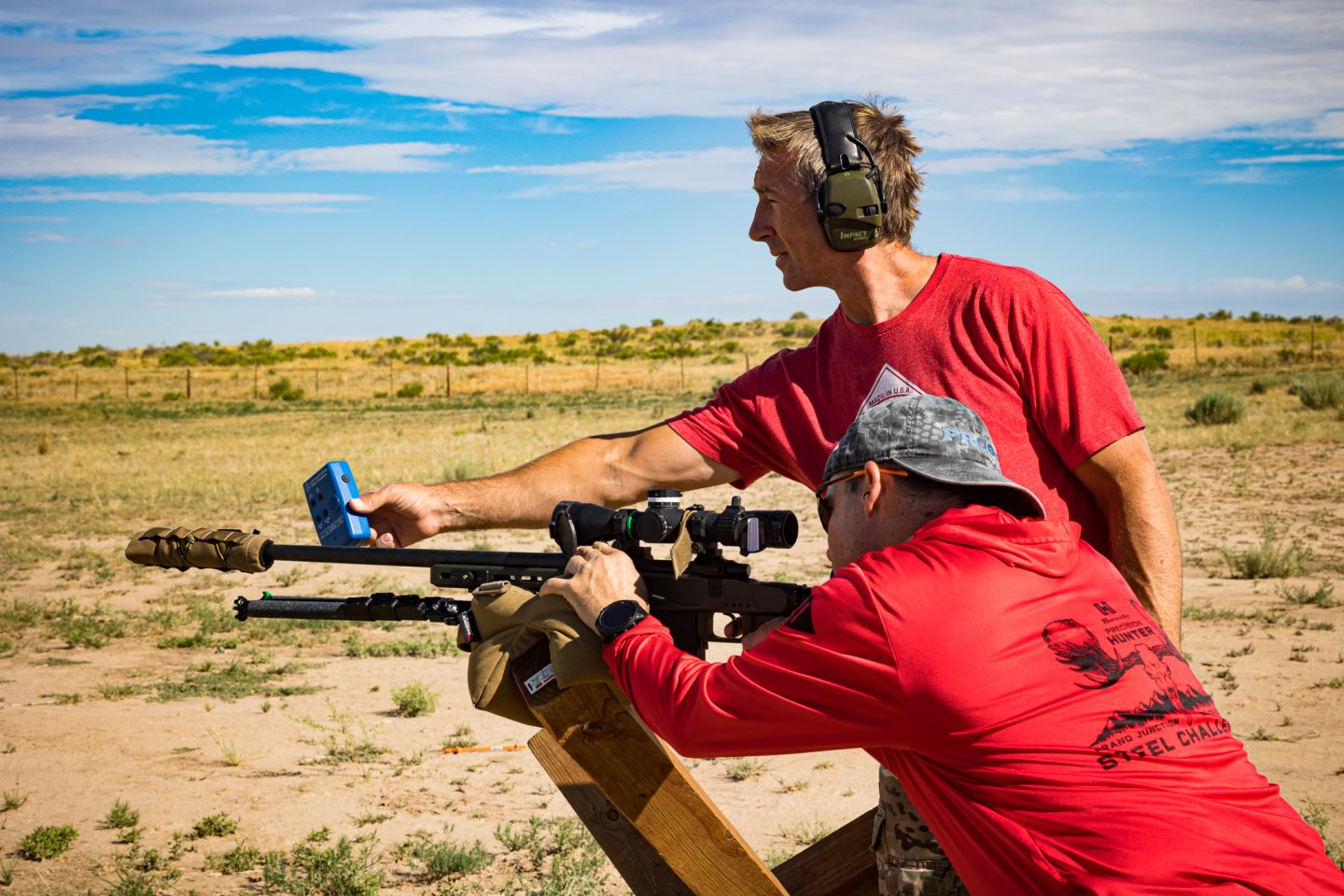
The Analytical Eye
The starting line for discovering this error requires a few prerequisites. To adequately diagnose errors and sources, you need an analytical eye, experience, and a coachable attitude. Let’s dissect these a little further.
A coachable attitude is probably the biggest hurdle, many feel they don’t need to invest in training preferring to handle it on their own. You need a critical eye to prevent the shooter from repeating subconscious mistakes.
Your Local Precision Rifle Instructor
The analytical eye is something anyone can learn to apply to projects like this. Objectivity and skepticism play a part which can be hard when you have invested a lot of time and money into equipment and training. What you are trying to do with this mindset is to test, verify, and repeat to ensure you see what you think you are seeing. Isolate individual input sources to the best of your ability and invest the time and round count to ensure you see a good sample of each. Once you decide the effects are real, you also must keep in mind that you can still be wrong. Some people are better at this than others.
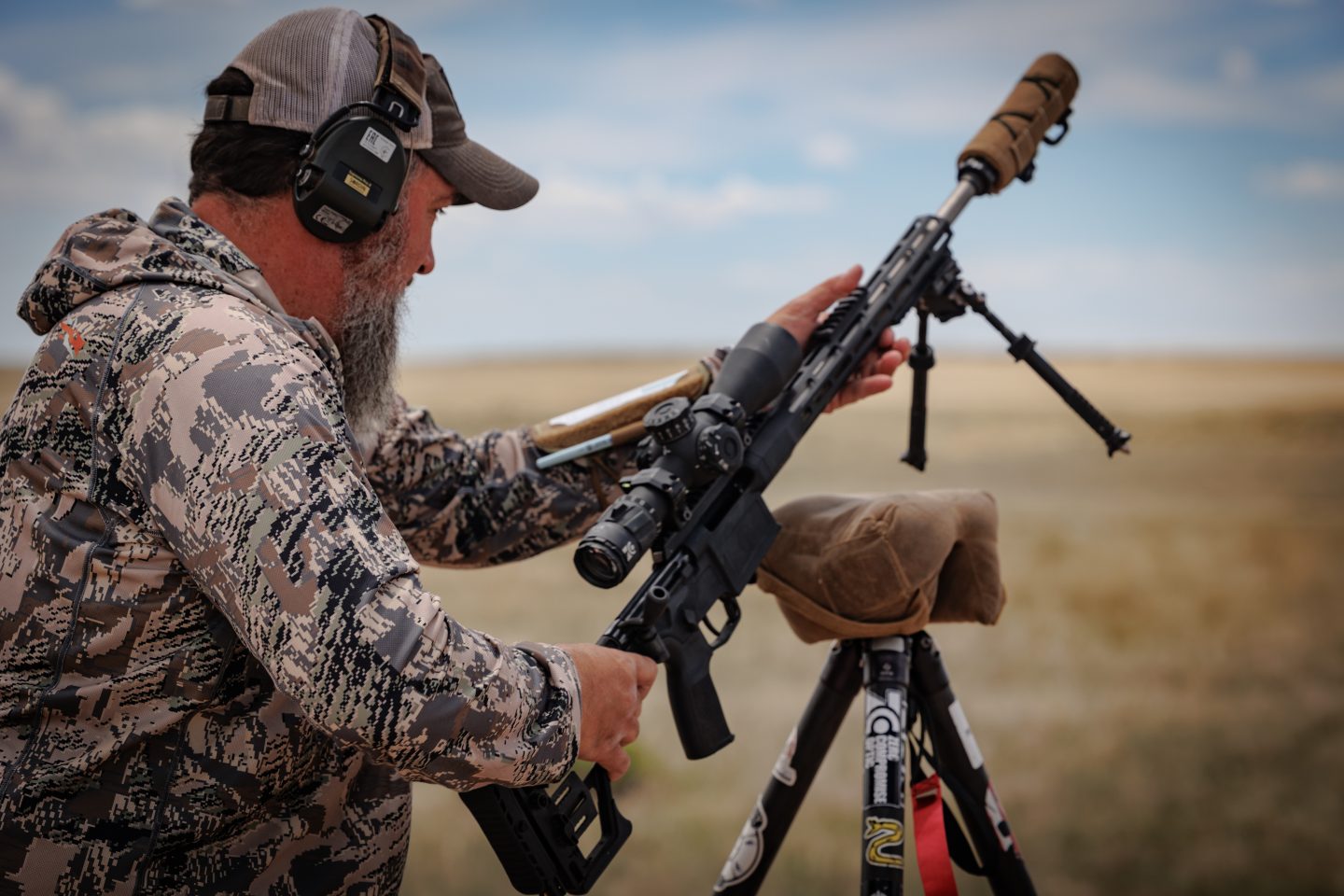
Through Repetition, we gain Experience.
Experience goes a long way. One way to get the benefits of experience is to find a mentor with it; hire a coach; take a class, or put in the work. Either way, there is much to be gained from having seen and done all the mistakes we regularly make to know how to bridge the gap and save time and money.
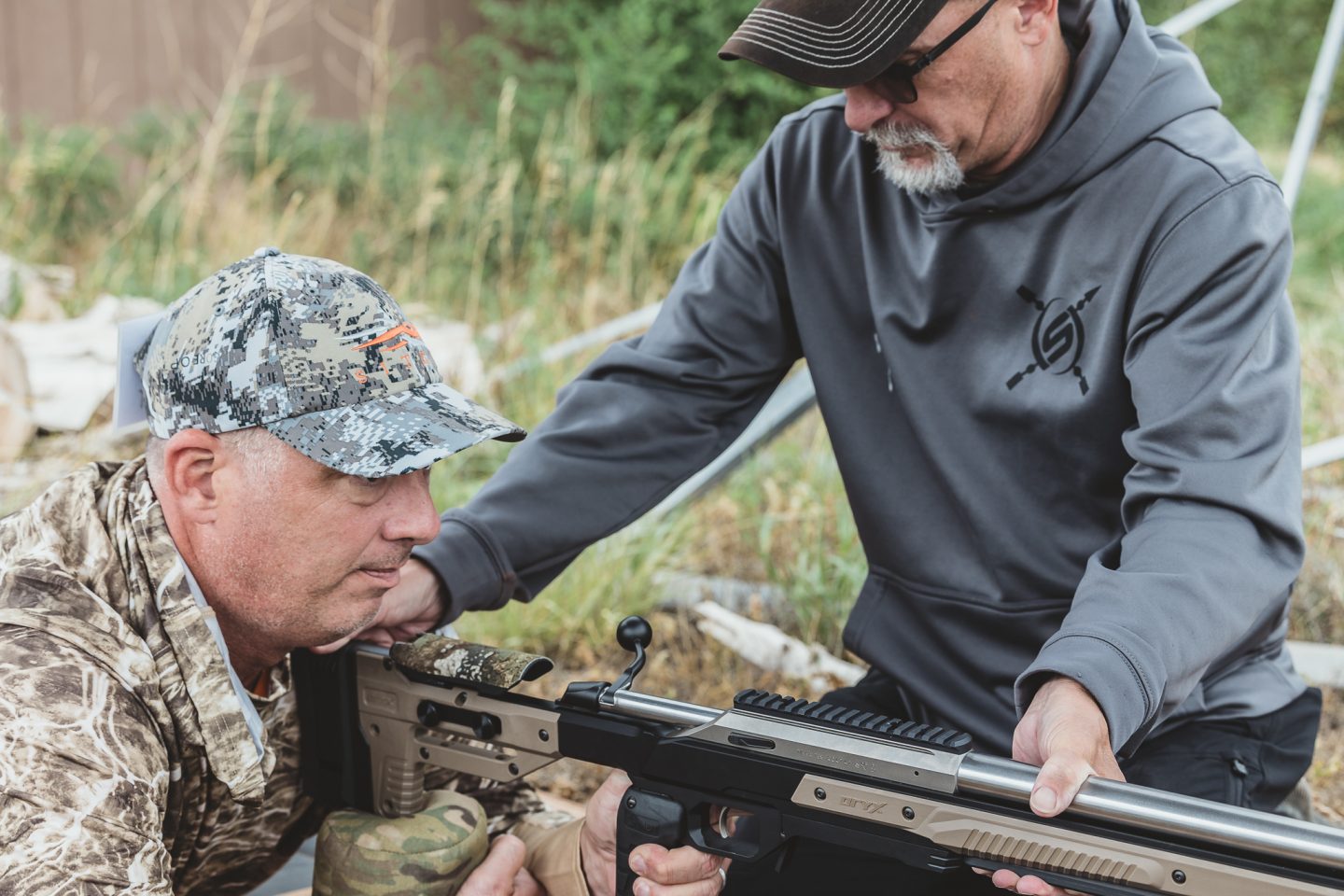
The coachable attitude component is essential here. Whether or not you are being coached, attitude is vital for success; knowing that we don’t have the world figured out and being open to new things is critical. Being coachable works for people doing it independently with an analytical eye, but it also accelerates learning from someone else. We all know the person whose response to advice is “yea, yea, I get it,” but continues to do the same thing. What’s important to remember is that what you do now gets you the results you’re getting. Getting new results means you must do things you currently aren’t doing. If you knew what that was, you would already be doing it, so you don’t know. That’s the idea we must hold onto.
3000 reps to build a new positive neural pathway, 9000 perfect reps to repair a bad habit.
Some Sports medicine guy
All these elements combine into a justification for seeking instruction, private coaching, or some type of mentor situation. Performance in all competitive and high-skill fields utilizes coaching, and there is not a good argument against it for the rifle shooting communities.
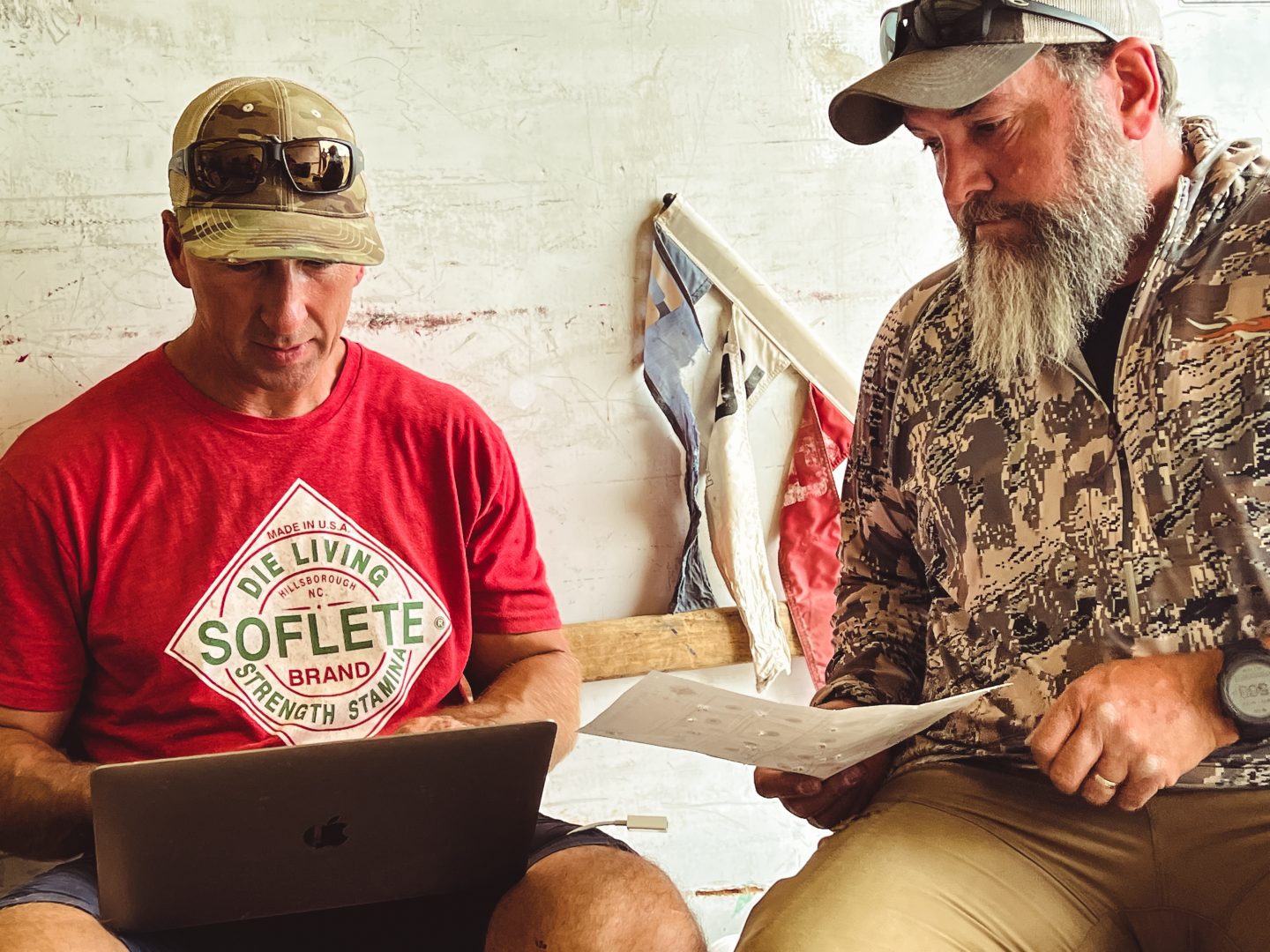
Putting in the Effort
What we do is expensive and time-consuming, and not only does it save money and time in the long run, but you also get there faster. Working with individuals, I have seen the curve reduced by more than 50% of time and effort to reach a high level of performance. Once we establish the criteria that sets the stage for eliminating human error, we have to look at the sources. I call these inputs and outputs.
Inputs and outputs are how we relate to our system and the effects on the system from those inputs. The effects are point-of-impact changes and recoil effects on a shooter’s ability to continue seeing their target and react quickly.
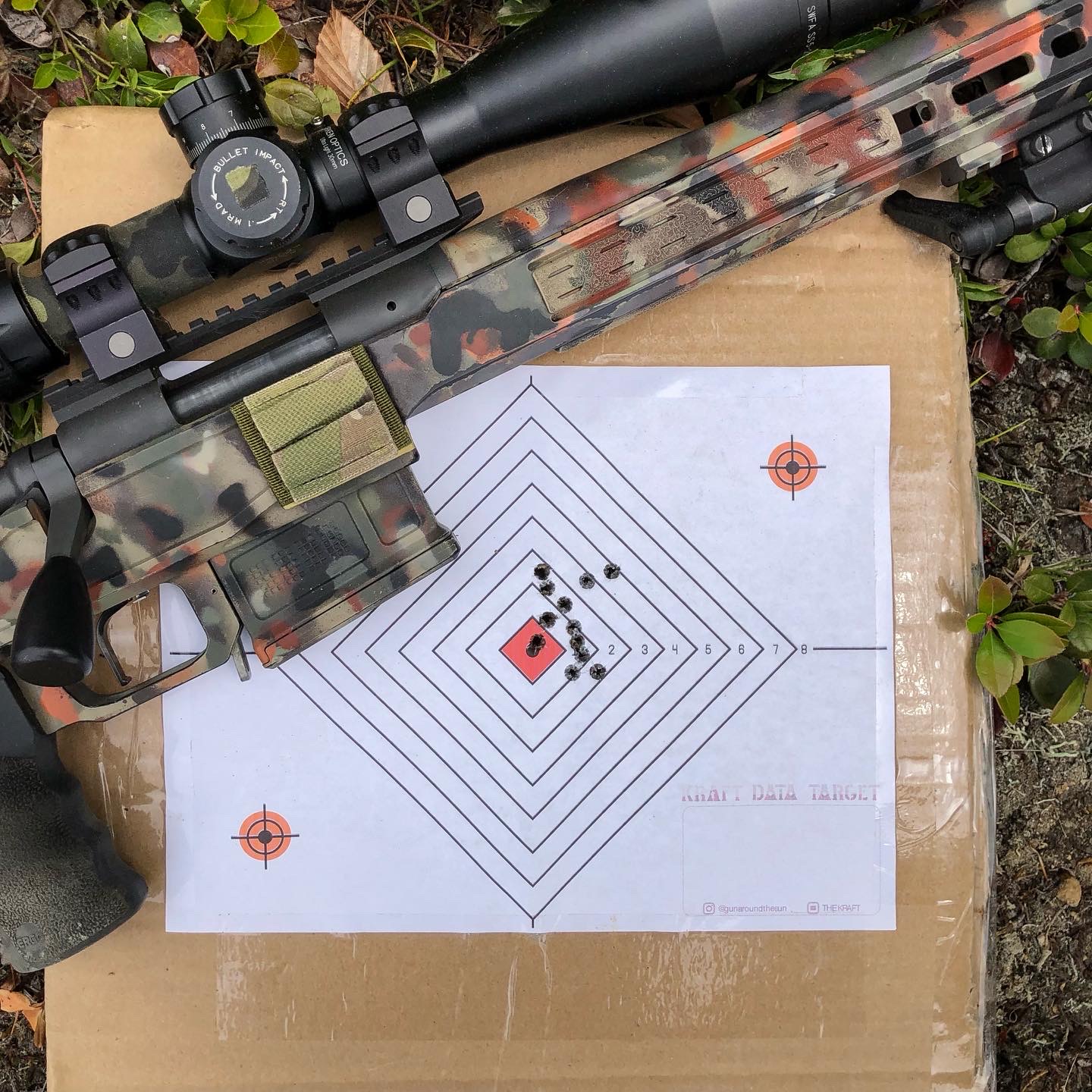
Inputs and outputs are the meat and potatoes of bringing down a shooter’s group to the 1.5” zone. Most shooters can’t shoot a 1.5” RifleKraft drill, so we will focus on what it takes to do that next. How you go about your training and who you interact with can all have a bearing on the speed and level of your success.

